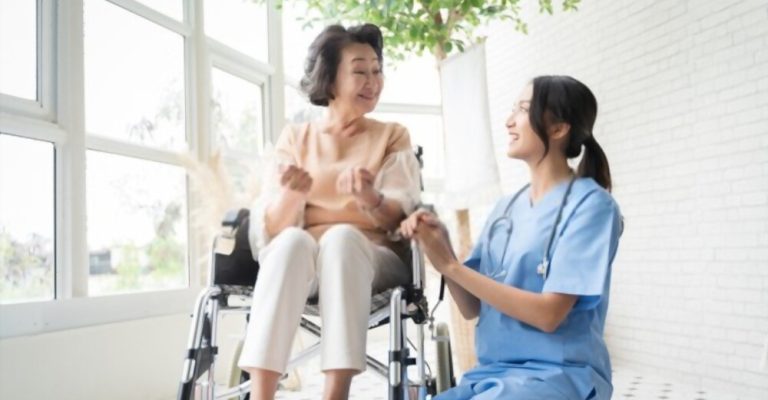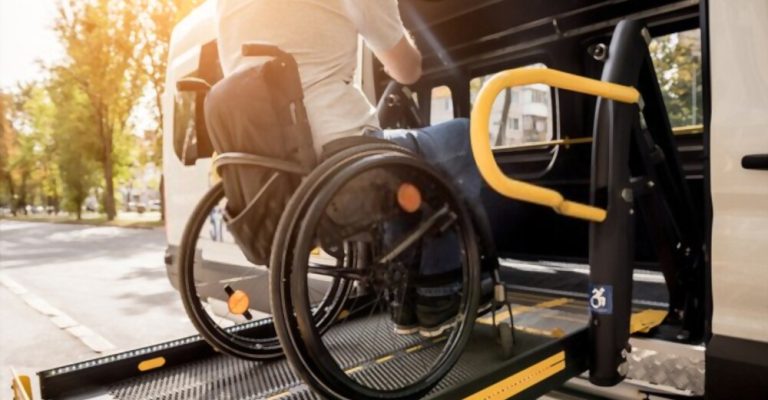
Living with a disability, especially one that affects movement, such as cerebral palsy, can be challenging. But technological advances have made it much easier for people with disabilities to participate more fully in their lives and the things they love. Adaptive devices are tools designed to aid individuals living with Cerebral Palsy by expanding accessibility options and providing life-changing freedom.
In this blog post, we will discuss some of the most popular adaptive devices available for people with Cerebral Palsy so they can live on their own terms — from communication aids to mobility solutions! Read on to find out how these tools can help you or someone you know gain independence and enjoy more significant participation in day-to-day activities.
A wide range of adapted aids is available to assist people with cerebral palsy to achieve maximum independence. Since the effects of cerebral palsy vary from person to person, various aids may be better suited to particular forms of the condition.
If a person has motor impairments just in their legs, they won’t need any aids for their arms and hands. Here are some adaptative devices that may assist people with cerebral palsy to move about more freely and independently.

It might be difficult for those kids with cerebral palsy to interact with others because of speech difficulties. However, many kids who struggle to speak are really very bright; they simply don’t have the mechanical control over their mouth muscles that other kids their age have.
Improved verbal and conversational skills may result from using a communication board, which combines a visual component with auditory cues. Visual aids for communication may range from a single printed board to many boards bound together in a book. Technology-based examples include apps made specifically for the iPad or another electronic gadget.
The child will likely be instructed in using a communication board by a speech-language path (SLP). In addition, a speech therapist might create individualized communication boards depending on the child’s preferences and needs.
One of the most common adaptive devices for people with cerebral palsy is a wheelchair. Individuals with cerebral palsy can experience trouble walking because of issues with trunk balance or abnormal muscle tone in the areas of the pelvis and legs. Wheelchairs facilitate independent mobility by removing the burden of walking.
Since cerebral palsy may affect both the upper and lower extremities, some persons might have failed the motor control necessary to use a manual wheelchair. Therefore, power wheelchairs and scooters are the best options for people in this situation.
Some people with cerebral palsy can be eligible for a standing motorized wheelchair based on their current situation and coverage. These aids may encourage the application of the legs in a secure, stable setting and can also improve integration into peer groups.
Customized wheelchairs can be ordered by a physical therapist, occupational therapist, or ATP (assistive technology professional). Some examples of such customization include the availability of a wide range of cushion types, positioning aids, and power processes, as well as decorative fabrics and electronics.
Braces are an invaluable assistive device in managing the challenges associated with cerebral palsy (CP). Cerebral palsy is a neurological condition that affects movement and muscle coordination, and braces play a vital role in supporting individuals with CP to improve their mobility, function, and overall well-being.
One of the critical benefits of braces is their ability to provide stability and alignment correction. Many individuals with CP experience muscle imbalances, spasticity, and poor posture, impacting their ability to walk and perform everyday tasks.
Braces, such as ankle-foot orthoses (AFOs), help by supporting the lower limbs and improving the alignment of the feet, ankles, and legs. This support enhances stability and balance and helps prevent or correct deformities like foot drop or toe walking.
Braces also assist in managing muscle tone and preventing contractures. Individuals with CP often experience spasticity, characterized by involuntary muscle stiffness or spasms. They can help control and manage spasticity by gently stretching the muscles, reducing muscle tightness, and promoting more controlled movements. They can also help prevent contractures, which are permanent tightening of the muscles, by maintaining proper joint alignment and range of motion.
Furthermore, braces aid in improving functional mobility. They provide additional support and strength to weakened or affected muscles, enabling individuals with CP to participate in otherwise challenging activities. For example, knee braces can help individuals with CP maintain stability while walking or standing, improving their ability to navigate their environment independently.
Braces also have a positive impact on posture and gait. They promote proper alignment and improve posture by providing support to the spine, hips, and lower limbs. This, in turn, can enhance the individual’s gait pattern, making walking more efficient and reducing the risk of falls.
One of the most helpful devices in managing Cerebral Palsy is the Bath Chair. Bath Chairs are designed to assist individuals with limited mobility in maintaining safety, hygiene, and independence during bathing.
Individuals with Cerebral Palsy often use bath Chairs as they provide stability and support during bath time. This device is used to help individuals with Cerebral Palsy maintain an upright sitting position, making it easier for them to shower or bathe.
These chairs are adaptable to a range of different settings and can be designed for children and adults. This flexibility allows individuals with Cerebral Palsy to have the support they need during bathing, anywhere from home to hospitals.
The chairs are made of materials that can withstand water and other cleaning agents, making them very durable. This makes it easier for families of individuals with Cerebral Palsy and healthcare professionals to maintain hygiene and safety in their homes and facilities.
Beyond Bath Chairs’ support, they also offer psychological comfort to individuals with Cerebral Palsy. These individuals often find showering or bathing difficult due to their condition, and reducing the anxiety around this task with a bath chair is an additional benefit many people neglect to appreciate.
Adaptive utensils are generally designed to make it easier for people with motor function disabilities to conduct independent self-care activities, such as feeding themselves.
In managing cerebral palsy, adaptive utensils are highly essential assistive devices. They are lightweight, durable, and functional, with ergonomic features. Adaptive utensils are available in different designs and styles, each designed to suit the individual needs of the user.
One of the ways adaptive utensils help manage cerebral palsy is by providing needed support and control when eating. Many adaptive utensils are designed with wider handles that offer a comfortable and secure grip, thus reducing the chances of slipping or an object falling from the hand. In addition, adaptive spoon and fork designs can be curved to fit the contours of the user’s hand, allowing them to keep the utensil stable and in control.
Additionally, some adaptive utensils are designed with angled or curved handles that can help minimize the amount of wrist movement required to bring the utensil to the mouth. This reduces the effort required to eat and minimizes the strain on the user’s arms and shoulders, reducing the risk of injury.
Moreover, persons with cerebral palsy often have challenges coordinating the movement of their hands, fingers, and wrists. Adaptive utensils can make self-care tasks like feeding much more effortless.
For example, cutlery sets for individuals with cerebral palsy usually come with bowls, plates, or cups equipped with suction-cup bases to prevent the movement of utensils and dishes when the user is feeding. They are convenient, ergonomic, and user-friendly, making it easier for individuals with cerebral palsy to enjoy meal times without compromise.
Another adaptive devices for people with cerebral palsy that might benefit them is a gait trainer to improve their walking abilities. Different models of gait trainers focus on different aspects of gait training, such as preventing falls with an integrated belt or assisting with poor posture from behind.
A gait trainer may help your child gain confidence in moving their body while supporting weight. This aids in preventing muscle and bone degeneration by strengthening them. Using a gait trainer may also reduce the risk of developing leg contractures by encouraging regular exercise.
Individuals with cerebral palsy may benefit from standing assistance, a piece of adapted gear that can assist them in gaining leg strength by supporting their weight when they stand. A standing assist is a great way to improve your posture, leg blood flow, and muscle stamina. A standing frame might let children practice maintaining their balance, which can pave the way to eventually standing without support.

People who have cerebral palsy may gain a great deal of freedom via the use of adaptive devices. These adaptive devices for people with cerebral palsy inspire them to exercise more and practice the motions hindered by motor impairments.
However, people living with Cerebral palsy should make every effort to develop these skills without the use of adapted equipment. This will promote enhanced motor control by encouraging neuroplasticity.